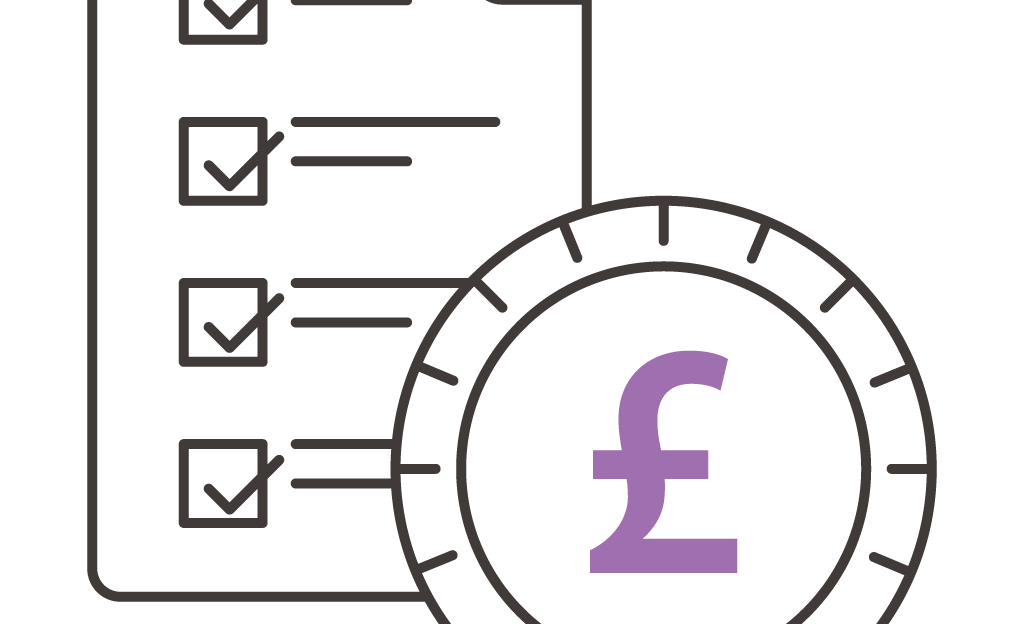Many businesses struggle to come up with a fair and profitable pricing policy. After all, an increase in your selling price should translate into an increase in net profit, so it’s worth spending some time to ensure you’re not setting your prices too low.
If you sell goods, you buy goods at a certain price and, to earn a profit, you need to sell them for more than you paid for them. Cost is usually the starting point in setting the selling price.
In service industries, finding a target profit margin is less simple. You don’t have an original price to reference. Instead, your pricing for services will account for the intangible aspects of running your business, such as time and value and having regard for what you think is the “market rate” for similar services offered by others.
Three common pricing methods:
- Cost-based pricing
This involves simply taking the purchase price or cost of a product or providing a service and adding a percentage for overheads and profit. In a lot of retail settings, this markup could be 100-200%, while in volume businesses such as supermarkets the markup percentage could be in single digits.
In a service-based business, your costs are going to be a little different than those of a product-based business. You may not be stocking up on inventory, but you still spend money to operate your business and you can add a percentage mark-up to those costs in the same way.
Whilst this is the most common and easiest pricing method, it risks under-pricing and therefore losing profit. If you currently use this method, consider some of the following alternatives to using either instead of or alongside a pure cost-based method.
- Competition-base pricing
What are your competitors charging for similar goods or services? What’s the “market rate”?
Under market-based or competition-based pricing, businesses look at what competitors are charging for similar products or services. Unless you offer a very unique, niche product you can be sure that your customers will be making this comparison too, so you need to be aware of the comparable prices for your goods and services.
Keeping an eye on your competitors will also help you see what sets you apart. You can charge more than your competition provided you show customers the value of the unique experience your business offers.
- Value-based pricing
Value-based pricing is a strategy for pricing goods or services based on the customer’s perceived value rather than on its historical cost, in other words how much they think it’s worth.
Businesses that offer unique or highly valuable features or services are better positioned to take advantage of the value pricing model than businesses that chiefly sell commoditised goods where like-for-like price comparison is much easier.
However, the process of discovering the price that the customer is prepared to pay is more of an art than a science, and many businesses find it far too difficult and risky to start down this path, preferring to stick to a simpler cost-plus pricing method.
Dynamic pricing strategies
The three methods described above are effectively fixed prices. However, some businesses successfully use a dynamic pricing strategy – effectively selling the same product at different prices to different groups of customers. The classic example is the US airline industry which pioneered dynamic pricing back in the 1980s and results in almost every customer on a plane paying a different price for the same ticket!
A better definition of dynamic pricing would be to set the right price, for the right customers, at the right time, within the right context.
There are three common methods for setting dynamic prices:
- Demand – set higher prices when demand is high and reduce them as demand falls, especially if you need to clear your remaining stock
- Availability – this is the “Supply” side of the supply and demand equation – scarcity drives up prices, while an over-supply in the market will cause prices to fall
- Competition – where prices are set by reference to your competitors’ prices; you may decide to match them, or you could use a policy of under-cutting them to increase your market share (providing you are still profitable at that price).
Dynamic pricing can enable businesses to make significantly higher profits, but they generally require a degree of sophistication, computerisation and up-to-date management information that are not available to many small businesses. However, as with the basic pricing methods above, there’s no reason why you couldn’t adopt aspects of dynamic pricing in your business, or use it for certain products or at certain times of the year for seasonal offerings.
Contact us if you would like help to make sure you have optimised your prices.







